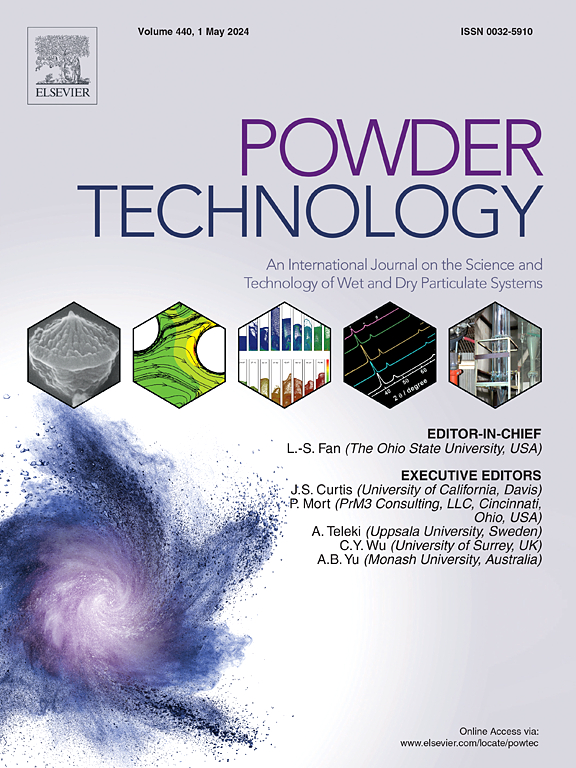Enhanced effect of nanobubbles on surface hydrophobicity and particle agglomeration for ultraclean coal preparation
IF 4.5
2区 工程技术
Q2 ENGINEERING, CHEMICAL
引用次数: 0
Abstract
Coal plays a pivotal role in global energy consumption, with ultraclean coal preparation representing a key strategy for enhancing coal utilization. Currently, traditional flotation processes used for ultraclean coal preparation face certain limitations. This study explores the preparation of ultraclean coal by leveraging nanobubbles to enhance surface hydrophobicity and particle agglomeration. Using nanobubbles, ultraclean coal with an ash content of 2.58 % and a yield of 16.60 % was prepared, accompanied by a 40 % reduction in collector dosage. X-ray photoelectron spectroscopy and contact angle analyses reveal that nanobubbles improve coal surface hydrophobicity, facilitating the separation of coal and minerals. Particle size analysis, microscopy, and zeta potential measurements reveal that nanobubbles promote particle agglomeration, enhance collision frequency between coal and bubbles, and minimize chemical reagent consumption. Particle-pubble collision and adhesion studies indicate that nanobubbles reduce the hydration shell thickness on the coal surface and shorten the induction time, promoting bubble mineralization. Flotation kinetics and Fuerstenau curves confirm the enhanced effects of nanobubbles on combustible recovery, flotation rates, and separation efficiency. These findings offer valuable insights into ultraclean coal preparation while achieving cost reductions.

求助全文
约1分钟内获得全文
求助全文
来源期刊

Powder Technology
工程技术-工程:化工
CiteScore
9.90
自引率
15.40%
发文量
1047
审稿时长
46 days
期刊介绍:
Powder Technology is an International Journal on the Science and Technology of Wet and Dry Particulate Systems. Powder Technology publishes papers on all aspects of the formation of particles and their characterisation and on the study of systems containing particulate solids. No limitation is imposed on the size of the particles, which may range from nanometre scale, as in pigments or aerosols, to that of mined or quarried materials. The following list of topics is not intended to be comprehensive, but rather to indicate typical subjects which fall within the scope of the journal's interests:
Formation and synthesis of particles by precipitation and other methods.
Modification of particles by agglomeration, coating, comminution and attrition.
Characterisation of the size, shape, surface area, pore structure and strength of particles and agglomerates (including the origins and effects of inter particle forces).
Packing, failure, flow and permeability of assemblies of particles.
Particle-particle interactions and suspension rheology.
Handling and processing operations such as slurry flow, fluidization, pneumatic conveying.
Interactions between particles and their environment, including delivery of particulate products to the body.
Applications of particle technology in production of pharmaceuticals, chemicals, foods, pigments, structural, and functional materials and in environmental and energy related matters.
For materials-oriented contributions we are looking for articles revealing the effect of particle/powder characteristics (size, morphology and composition, in that order) on material performance or functionality and, ideally, comparison to any industrial standard.
 求助内容:
求助内容: 应助结果提醒方式:
应助结果提醒方式:


